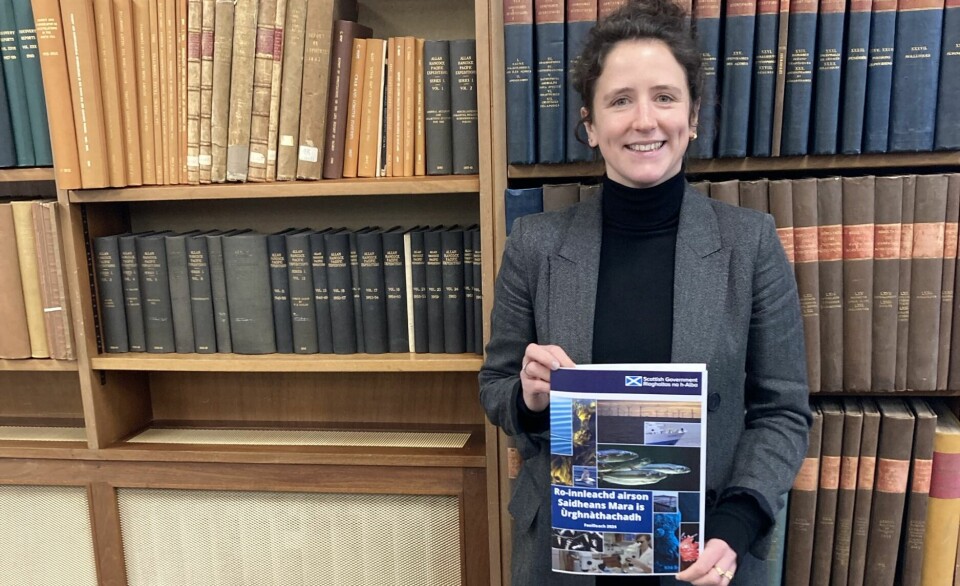
Scotland will use ‘best science and data’ to shape marine policy
Strategy will give government further evidence to respond to climate change and maximise opportunities in water, says minister
The Scottish Government has published its Marine Science and Innovation Strategy which it says highlights the crucial role of science and innovation in realising the full potential of the marine environment.
The Strategy - part of the Scottish Government’s Blue Economy Vision to 2045 - is said to be a blueprint for ministers to utilise the best available science, evidence, and data for making informed marine management decisions that benefit the economy, environment, and society, including coastal and island communities.
It also includes a commitment for innovation through using the latest technology, such as artificial intelligence, including holographic cameras, drones and submersibles, and non-destructive environmental DNA (eDNA), to model and understand Scotland’s marine environment.
Over a century of science
Rural Affairs Secretary Mairi Gougeon, whose portfolio includes aquaculture, said: “Over a century of science, data and evidence has already shaped our understanding of Scotland’s seas and rivers. Our commitment to science and innovation is not just for exploration but to make a tangible and positive impact for the marine environment, our economy, and our cultural heritage.
“This ambitious new strategy will give us further evidence to respond to biodiversity loss and the impact of climate change, and to make the most of the opportunities our marine and freshwater environments have for our communities.”
The Strategy was presented to science, data, analysis, and engineering stakeholders at the formal opening of the Helen Ogilvie Hub at the Marine Laboratory in Aberdeen. The hub is named after one of the laboratory’s first female scientists, who was appointed in 1911 and studied plankton in Scottish waters and their role in the marine food chain.
Inclusion and equality
One of the first steps of the Strategy will be to map the marine and freshwater science and innovation capability and capacity across Scotland with partners. An operational plan to deliver the Strategy will be created, and an Areas of Research Interest (ARI) scoping exercise will enable research priorities and knowledge transfer to key communities of interest.
A new Scientist-in-Charge (SiC) pathway will increase diversity, inclusion and equality for early career scientists, equipping Scottish Government scientists for leadership roles on land and at sea aboard research vessels.
The Scottish Government’s commitment to evidence-based marine policymaking has previously been questioned by salmon farmers concerned about plans by the Scottish Environment Protection Agency (SEPA) to establish Wild Salmon Protection Zones in “migration bottlenecks” in coastal waters. There will be stricter lice limits for fish farms within the zones, and assessments about the risk to wild salmon will also be used as a deciding factor for permission for new farms.
Impossible to validate
Sector trade body Salmon Scotland said the plans place undue reliance on a modelling framework and do not acknowledge areas of uncertainty, and their impact on the wider risk assessment process.
“We believe it is not possible to validate the proposed framework and that it is not acceptable to regulate a sector when the effectiveness of regulation cannot be determined,” Salmon Scotland wrote in its response to a consultation about the plans.
Speaking in December, Salmon Scotland chief executive Tavish Scott said fish farmers support regulation based on fact, evidence, and sound science, adding that SEPA couldn’t explain how it will measure success of the zones.























































